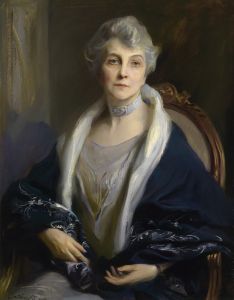
Wüsten-Räuber
A hand-painted replica of Paul Klee’s masterpiece Wüsten-Räuber, meticulously crafted by professional artists to capture the true essence of the original. Each piece is created with museum-quality canvas and rare mineral pigments, carefully painted by experienced artists with delicate brushstrokes and rich, layered colors to perfectly recreate the texture of the original artwork. Unlike machine-printed reproductions, this hand-painted version brings the painting to life, infused with the artist’s emotions and skill in every stroke. Whether for personal collection or home decoration, it instantly elevates the artistic atmosphere of any space.
Paul Klee's Wüsten-Räuber (translated as Desert Robbers) is a painting created in 1923 by the Swiss-born German artist, who is widely regarded as one of the most influential figures in modern art. Klee was associated with several major art movements, including Expressionism, Cubism, and Surrealism, and his work often reflects a unique synthesis of abstraction and figuration. Wüsten-Räuber is a notable example of Klee's imaginative and symbolic approach to art.
The painting was created during Klee's tenure as a teacher at the Bauhaus, the renowned German art school that emphasized the integration of fine art, design, and craftsmanship. This period marked a significant phase in Klee's career, during which he developed a distinctive visual language characterized by geometric shapes, vibrant colors, and playful compositions. Wüsten-Räuber exemplifies these qualities, showcasing Klee's ability to evoke complex narratives and emotions through deceptively simple forms.
The title Wüsten-Räuber suggests a theme of desert robbers or bandits, and the painting features abstracted figures and shapes that hint at a desert landscape and its inhabitants. Klee often drew inspiration from his travels, and his fascination with non-Western art and cultures is evident in many of his works. While the specific inspiration for Wüsten-Räuber is not documented, the painting reflects Klee's interest in storytelling and his ability to create evocative, dreamlike scenes.
Klee's use of color in Wüsten-Räuber is particularly striking. The palette includes earthy tones, such as ochres and browns, which evoke the arid environment of a desert, contrasted with brighter accents that add dynamism to the composition. The interplay of line and color demonstrates Klee's mastery of balancing structure and spontaneity, a hallmark of his artistic style.
Wüsten-Räuber is housed in the Zentrum Paul Klee in Bern, Switzerland, a museum dedicated to the artist's life and work. The painting is part of a larger body of work that showcases Klee's innovative approach to art and his ability to transcend traditional artistic boundaries. As with many of Klee's works, Wüsten-Räuber invites viewers to engage with its symbolic and abstract elements, encouraging personal interpretation and reflection.
This painting remains an important example of Klee's contribution to modern art, illustrating his unique ability to blend abstraction, narrative, and emotion in a way that continues to resonate with audiences today.





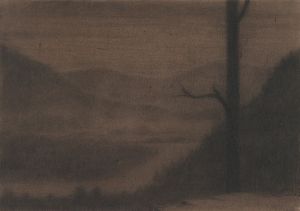
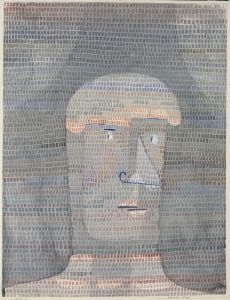

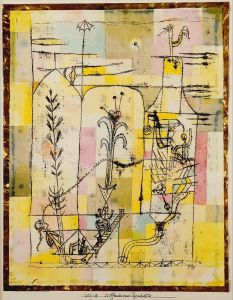
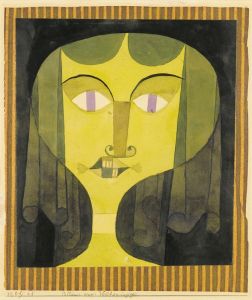
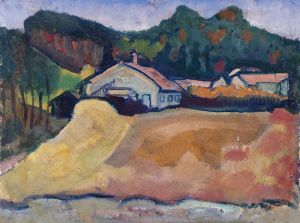


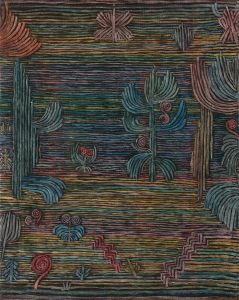

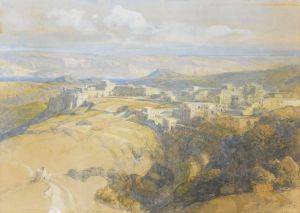
![Portico of the Temple of Kalabshi [Kalâbishah].](/imgs/217528/s/david-roberts-portico-of-the-temple-of-kalabshi-kalabishah-3a295995.jpg)
